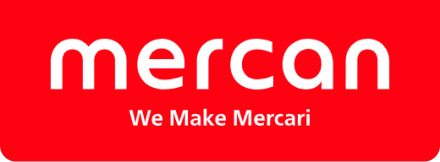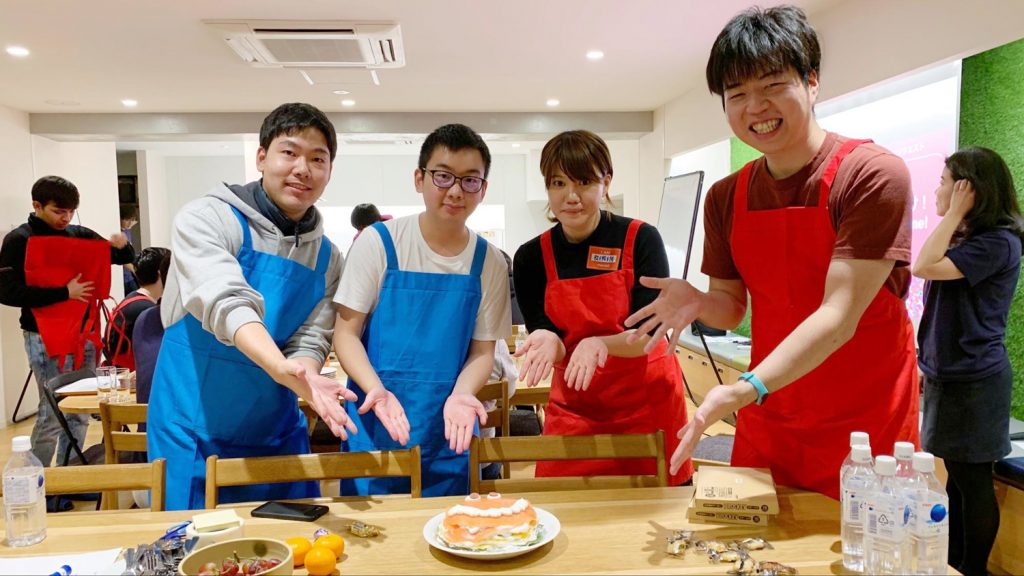
Hi, I’m Paipo, a frontend engineer from the Logistic and Transaction team at Mercari. Last month, I helped facilitate an Intercultural Team-Building (ITB) workshop for our team.
ITB is an initiative at Mercari that combines Intercultural Communication training with team-building activities. (You can read about the past events here.)
Imagine working in a cross-functional team, where members are from different countries have a wide variety of roles – product managers, designers, software engineers, QA engineers, engineering managers, etc. However, inside the team, many members felt it was challenging to communicate with each other for many different reasons. Could such a team still wield the power of “cross-functional”? Apparently not. That’s the situation we found ourselves in and that’s what we’re trying to solve with ITB. Our goal was to improve communication among the team members and make it truly functional. This workshop was initiated by engineers in the team and developed together with the Diversity & Inclusion Team as well as the Language Education Team.
We decided to hold a team-building workshop on our own to customize the content based on our team’s specific situation and needs. However, there are more issues than we can solve in a single workshop, so we focused on language barriers this time.
Cost of Language Barrier
In this ITB, the challenge was to cook dishes together without reading the recipe. By cooking together, we were able to simulate the way we build Mercari products everyday. We divided the members into four teams and assigned different roles within each team. Each team had to read the recipe, think about how to cook it, get the required ingredients, actually cook it, make sure they finish on time, and most importantly we had to communicate with each other along the way.
So to begin with, what exactly is the cost of having a language barrier? In our team, we have three kinds of members:
1: People who only speak English and feel uncomfortable using Japanese.
2: People who only speak Japanese and feel uncomfortable using English.
3: People who can speak both languages to some extent.
When working on a project, we need to discuss product specs, technical details, designs, how to do QA, and on and on…. Due to the language barrier, we have been experiencing challenges such as the following:
1: Most meetings are conducted in English, and Japanese-speaking members (#2) don’t feel comfortable sharing their thoughts (vice versa for English-speaking members (#1) during Japanese meetings).
2: Some product specs or Slack discussions are written in Japanese, so English speakers cannot understand and may miss important context.
3: When encountering problems, people tend to ask about it on Slack instead of talking in person because they are not confident in their ability to communicate with each other in either English or Japanese.
4: Aside from work-related topics, people don’t feel very comfortable talking with each other due to the language barrier.
Our main goal for this team-building workshop was to get everybody in the team on the same page and to acknowledge that it’s only natural to have communication barriers in a multicultural and multilingual team. The most important thing was to figure out how to solve this issue together by building a shared understanding about three main themes.
・ Awareness: recognizing the existence of communication barriers
・ Knowledge: understanding the causes of communication barriers
・ Skills: learning to adjust communication styles
Easy & Kind Communication
The Language Education Team helped by introducing Yasashii Communication to raise the awareness of “Easy & Kind” communication and helped us create best practices for communication within the team.
means most of us are learning each other’s language. Despite that, what can make communication difficult? It may result from a number of issues:
1: The usage of slang, idioms, or high-level vocabulary
2: The usage of keigo (honorary language)
3: Speaking speed
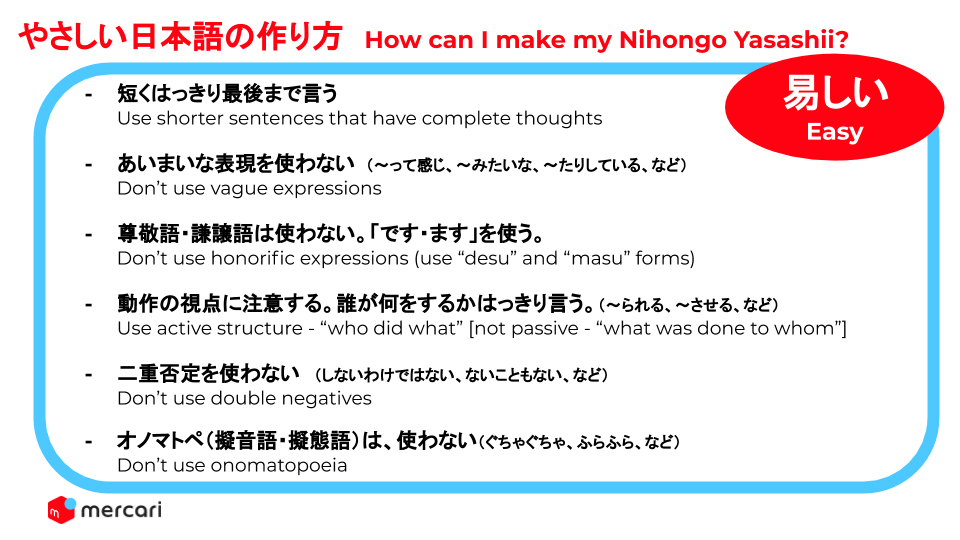
Other than those mentioned above, due to the fact that we are all language learners, sometimes we speak the language we’re not proficient at to accommodate the person we’re talking to. However, we learned that it might be easier to communicate if we tried to adjust the way we speak the language we feel more comfortable using with these two points in mind:
1: Make it easy to understand
2: Always be considerate of the listener
The facilitators taught the team some guidelines when speaking either language. After some practice applying what we learned, each team selected several best practices for how to communicate with each other easily and kindly.
Possible Challenges When Communicating
During the cooking sessions, we threw in some special rules in order to simulate different situations that could happen in real life among teams. Here are some of the challenges the team had to overcome:
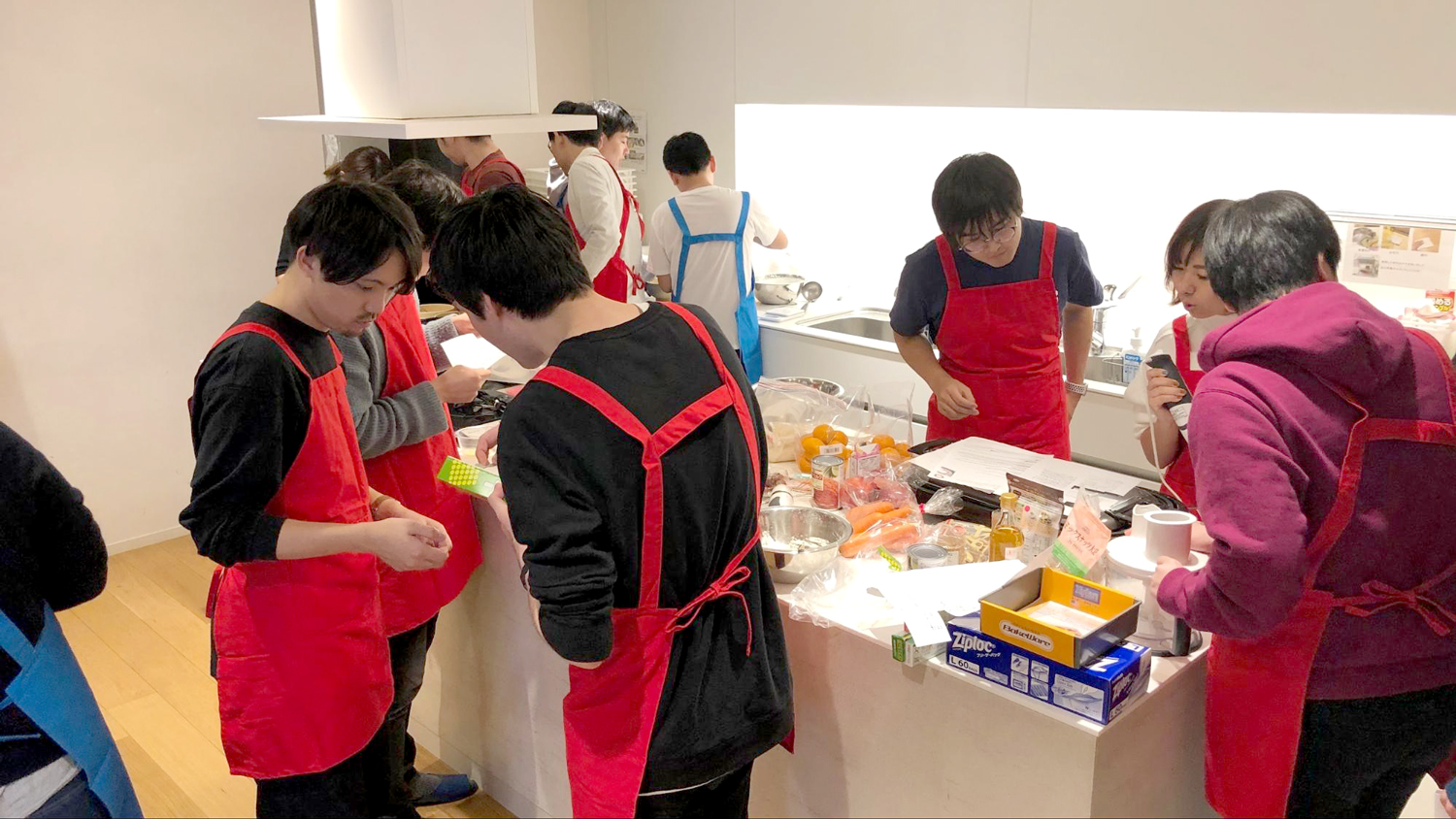
・ “Pika Pika” Time
The worst case in the workspace is when you cannot speak or understand the language others are using at all. You have to be extremely patient and take advantage of tools such as drawing or body language in order to communicate. In this case, the only sound anyone could use was “pika pika” so we had to find creative solutions to communicate・ Japanese & English Only Times
We used these two sections to practice “Easy & Kind” Japanese and English.・ Switch Team Members
Mercari is still a new and growing company that moves fast and re-organizes often. Under the circumstances, being flexible to the change and inclusive to new members are things each of us have to practice.・ Limited Resources
We only had two ovens but four teams, so each team had to negotiate and cooperate with the other teams to make sure we could all deliver on time.・ Limited Information
All the recipes were provided partially in English and partially in Japanese, so members of the teams had to communicate with each other to understand every step of the recipe.
Luckily and thanks to everyone’s hard work, at the end of the day, each team successfully made their desserts and shared them with the other teams. 🙂
Joint-Effort Mindset
In my opinion, I think good communication should always be a two-way street. It means that not only one party should struggle to understand and speak the other person’s language. Instead, both sides have to make an effort to meet in the middle. That might sound difficult, but it’s easier than you imagine. Take “Easy & Kind” communication as an example – you speak in the language you are most familiar with with a just bit of adjustment and the result can be much more effective communication.
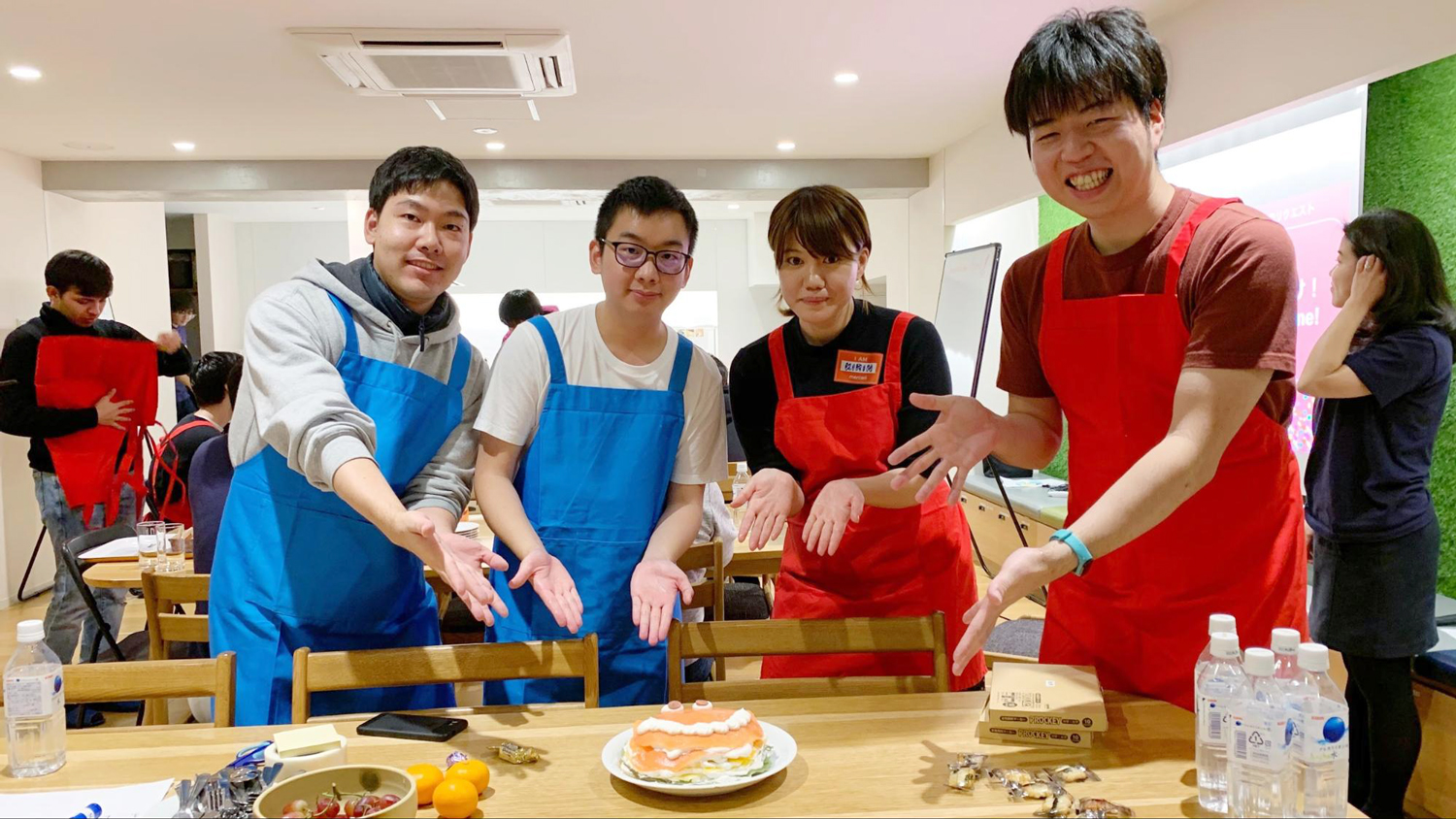
To close the team-building event, we came up with an action plan to improve the communication within the Logistic & Transaction team. To make sure we stick to our commitments, we’ll have some follow-up sessions and track our progress throughout the year.
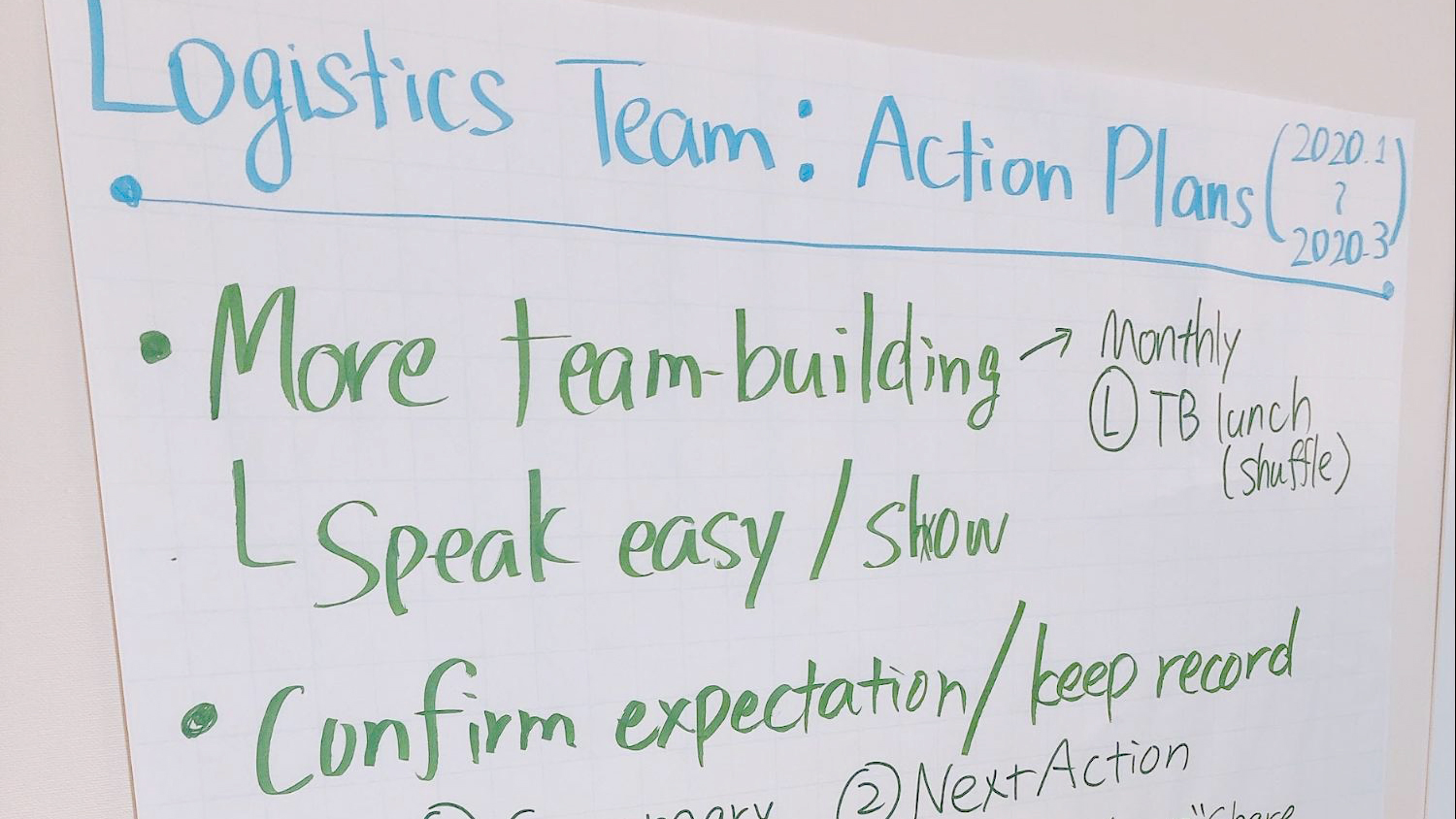
In summary, overcoming language barriers is just one part of good communication. There are many other areas, such as communicating with cultural differences in mind, which we’d like to cover in the future. Let’s make sure we have the right mindset when communicating with each other and become an even better team!
Facilitators Team
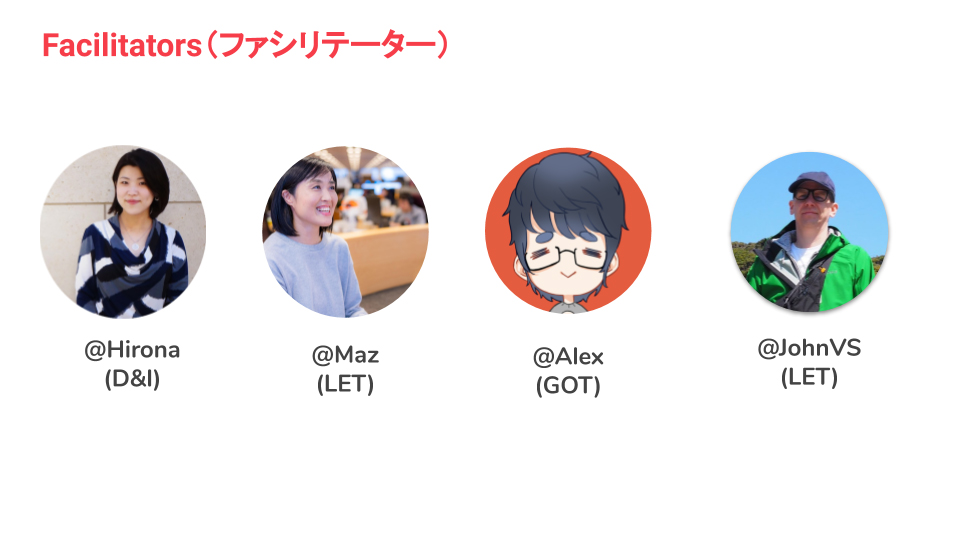
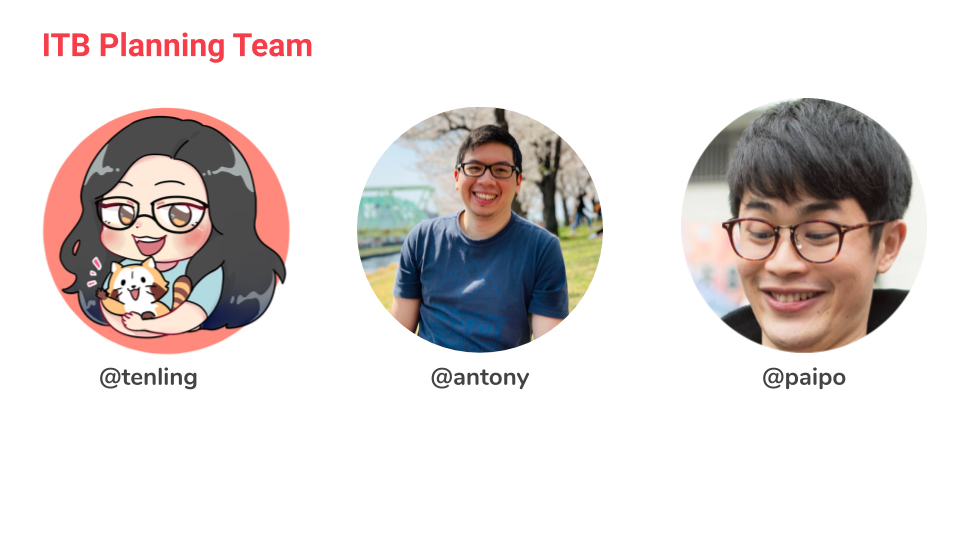
-
Tang Paipo
Frontend Engineer in Mercari, who is passionate about programming but is always trying to do something more.
